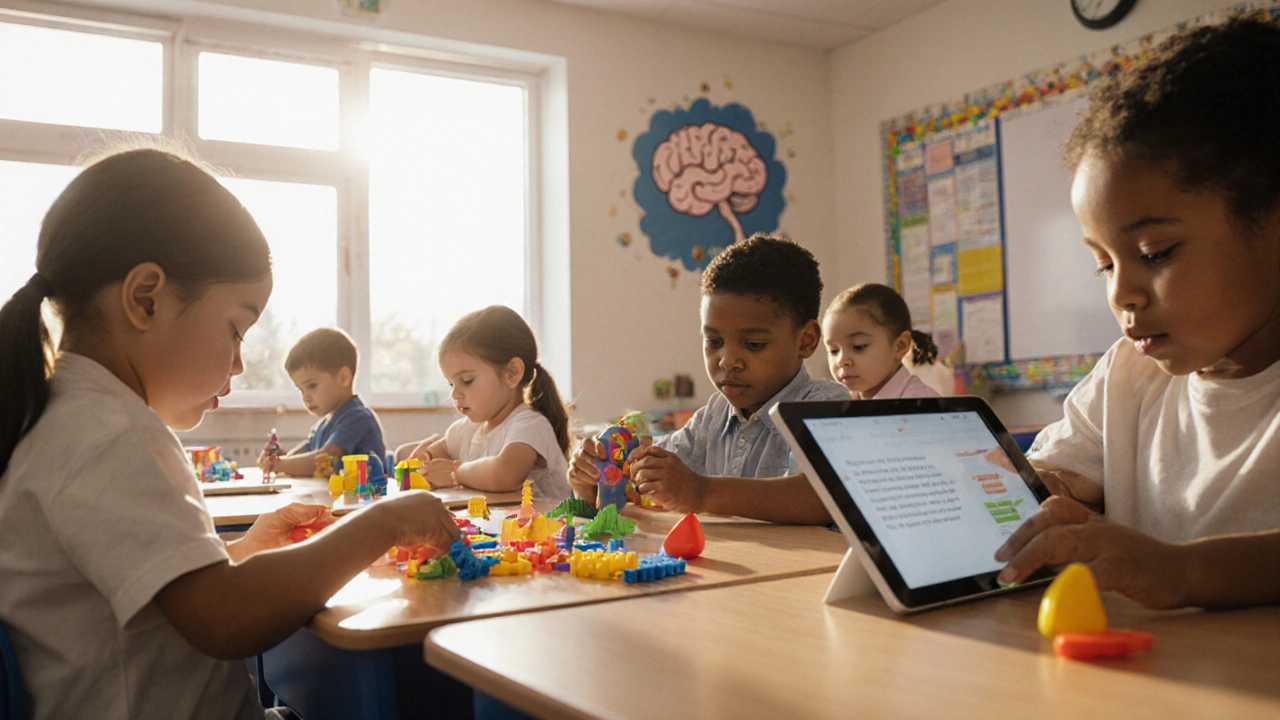Learning Differences: Understanding Varied Ways to Learn
When we talk about learning differences, the natural variations in how people take in, process, and use information, we’re looking at a broad spectrum that includes everything from dyslexia to ADHD. Also known as neurodiversity, it shapes the way students succeed in school and life. Learning disabilities, specific challenges such as reading, writing, or math difficulties fall under this umbrella, as do the unique patterns seen in autism, a developmental condition that often brings distinct sensory and social processing styles. Recognizing these pieces means we can match teaching methods to each learner’s strengths.
One major way to address learning differences is by tapping into learning styles, the preferred ways individuals absorb and retain information, like visual, auditory, or kinesthetic approaches. When a visual learner sees a diagram, the concept clicks; for an auditory student, a clear explanation does the trick. Pairing style‑based instruction with memory techniques—think the Memory Palace or spaced repetition—boosts recall for students who otherwise struggle. Meanwhile, the rise of distance learning and online platforms offers flexible environments where learners can choose pacing, tools, and formats that suit their brains. Devices such as speech‑to‑text apps or color‑coded notes become everyday allies, turning a potential obstacle into a strength.
All of these ideas converge in the articles below. You’ll find practical advice on how distance learning can outshine the classroom, tips for identifying when learning disabilities start to improve, and shortcuts for memory improvement. Whether you’re a parent, teacher, or student, this collection gives you concrete strategies to turn learning differences into learning advantages. Dive in and see how personalized methods, technology, and a deeper understanding of each mind can make education work for everyone.
Understanding Whether Special Needs Students Are Neurodivergent
Explore the difference between special needs and neurodivergent, discover overlaps, and get practical steps for supporting students in inclusive classrooms.
More
